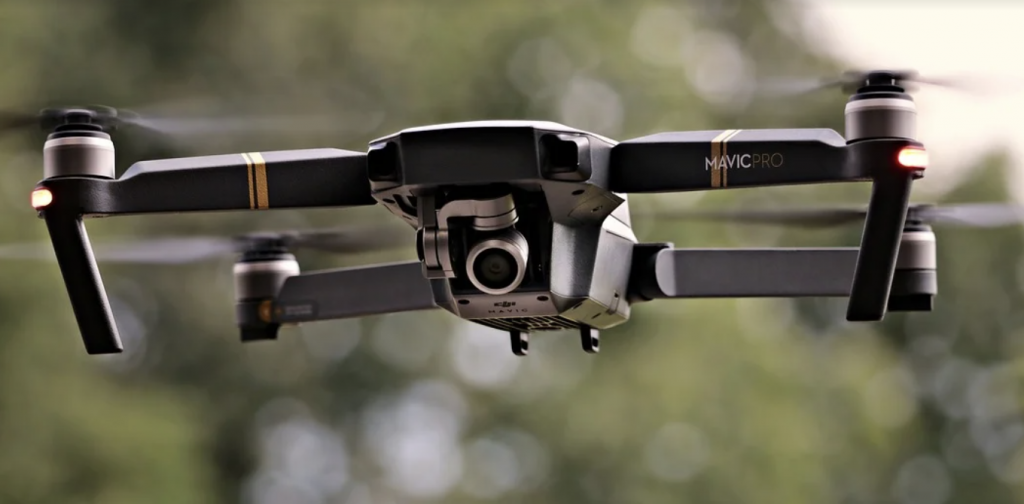How Law Enforcement Is Increasingly Relying On Drones
Law enforcement can now use drones to help locate missing persons by adjusting pixels, thermal imaging, and more.
This article is more than 2 years old

When a child goes missing, law enforcement immediately snaps into action to find him or her as soon as possible, as time is of the essence in missing persons cases. Police employ many types of tools to find the lost, such as search dogs, on-ground volunteer rescue parties, media attention, or a combination of all. However, technology is expanding in the law enforcement profession, and drones have entered the toolbox.
According to KLTV News in East Texas, a drone had a bigger mission than delivering a Walmart order and was recently used to find a missing teen. He was unharmed but had been missing in the rain for well over six hours. Drones have the ability to hover above and send back images to a computer of what it is “seeing.”
A military drone can fly as high as 33,000 feet with permission. Personal and law enforcement drones can only go up to about 400 feet, but that alone is enough to help get a better view of the land below. That is also enough for an Amazon shipment to get to a front door or kill some cocaine plants to keep drugs from coming to the US.
The Bollurd, Texas teen was able to be saved with no injuries by a drone catching a glimpse of him and then reporting coordinates and images back to awaiting law enforcement. There are some tweaks a civilian can do to his or her drone in order to help find missing persons. In fact, a piece of technology called DroneDJ can augment a drone’s ability to help locate a missing person in just 30 minutes within a 50-meter radius.
This is perhaps the first reported technology that is able to quantify its success in finding a missing person. DroneDJ is the product of a New York-based start-up company, Flyhoud Corporation. This product can triangulate cellular signals from mobile devices of lost hikers or victims of natural disasters. This tech will prove very helpful for law enforcement.
During a search and rescue mission, someone can make some alterations to the drone or the way it is flying in order to help law enforcement see success. One is adjusting the altitude to not be too high. If it is too high, it can miss “seeing” the missing person and show him or her as just a pixel on the screen.
Another way law enforcement can operate a drone to help find missing persons is through thermal imaging tweaks in Detection, Recognition, and Identification. Through Detection, police, and other searchers can see how far a person is from his or her background, with Recognition it can be determined what the object is looking at exactly, and with Identification, it can confirm if it is the missing person or someone else.
By adjusting pixels on these settings, law enforcement professionals and private persons have a better chance of finding a missing person quicker and easier. In addition to imagery, drones have sensitive settings that can identify ground objects.





